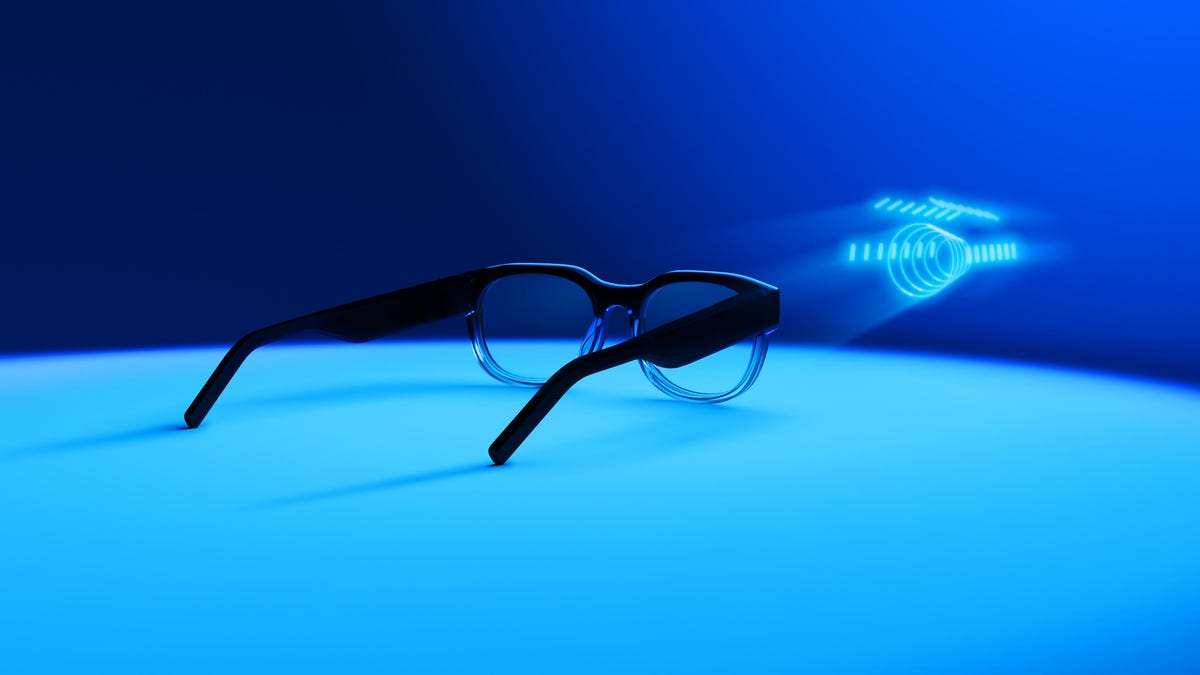In 2020, smart glasses may start looking totally normal
New North Focals AR glasses coming next year are a lot sleeker, and you might actually want to wear them in public.

These smart glasses look completely normal.
It doesn't pay to be an early adopter. Smart glasses maker North, which developed a pair of glasses called Focals earlier this year, has just announced an updated version for 2020. That means the first Focals, which displayed notifications via a retinal-projection technology that looked like a tiny pop-up window in one eye, are being discontinued, the company says.
The improved glasses promise to be 40% lighter and have 10 times the display resolution of the first version. "We spent the last year in the market learning how to build, sell and support smart glasses with our first-gen product, that we now will combine with over five years of research working on the technology upgrades in Focals 2.0," Steven Lake, North CEO, said in a press release.
The price and release date haven't been announced yet, but the first Focals cost $599 for a non-prescription pair. North's handful of optical shop showrooms look like futuristic Warby Parker stores. Prescription glasses can be fitted, but not for all eyes -- my nearsightedness didn't make the cut.
I tried wearing the first pair of Focals earlier this year. They looked stylish enough to casually pass for glasses in public, but not normal enough to fool everyone. Still, they passed the test, and came with a clever ring that navigated menus while wearing the glasses around. The basic notification system, however, felt like a smartwatch on my face. It didn't blend the virtual and real worlds the way more advanced (and expensive) mixed-reality headsets can. Other companies have worked on similar alternatives, including the larger Vuzix Blade.
There may be a lot of smart glasses coming in the next few years, whether you like them or not. Let's just hope manufacturers figure out a way to avoid having obsolete eyewear after only 12 months.

